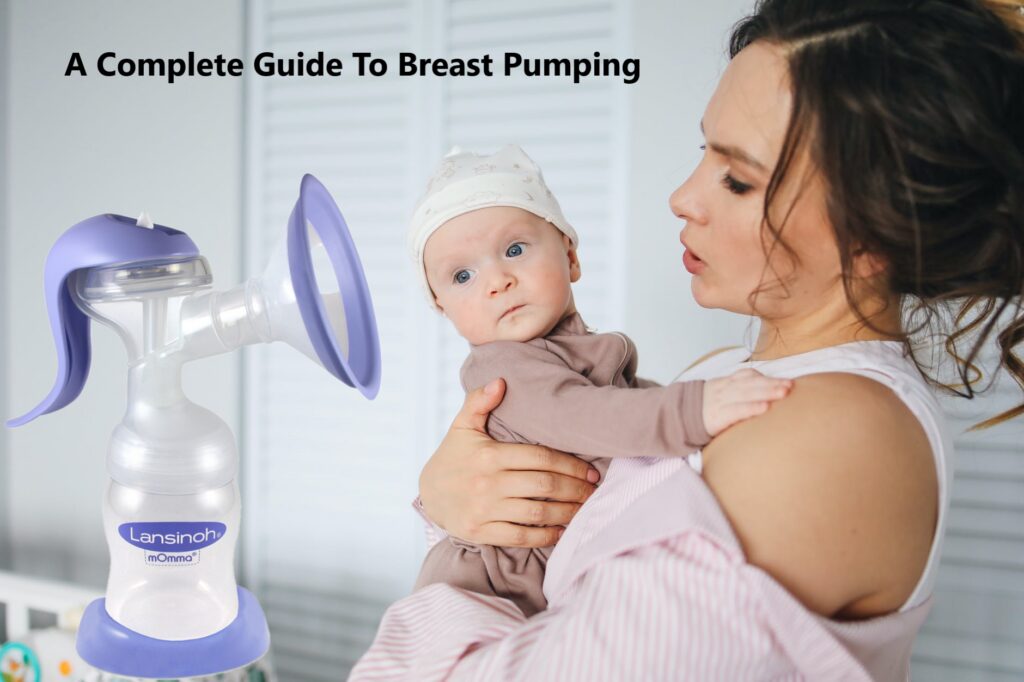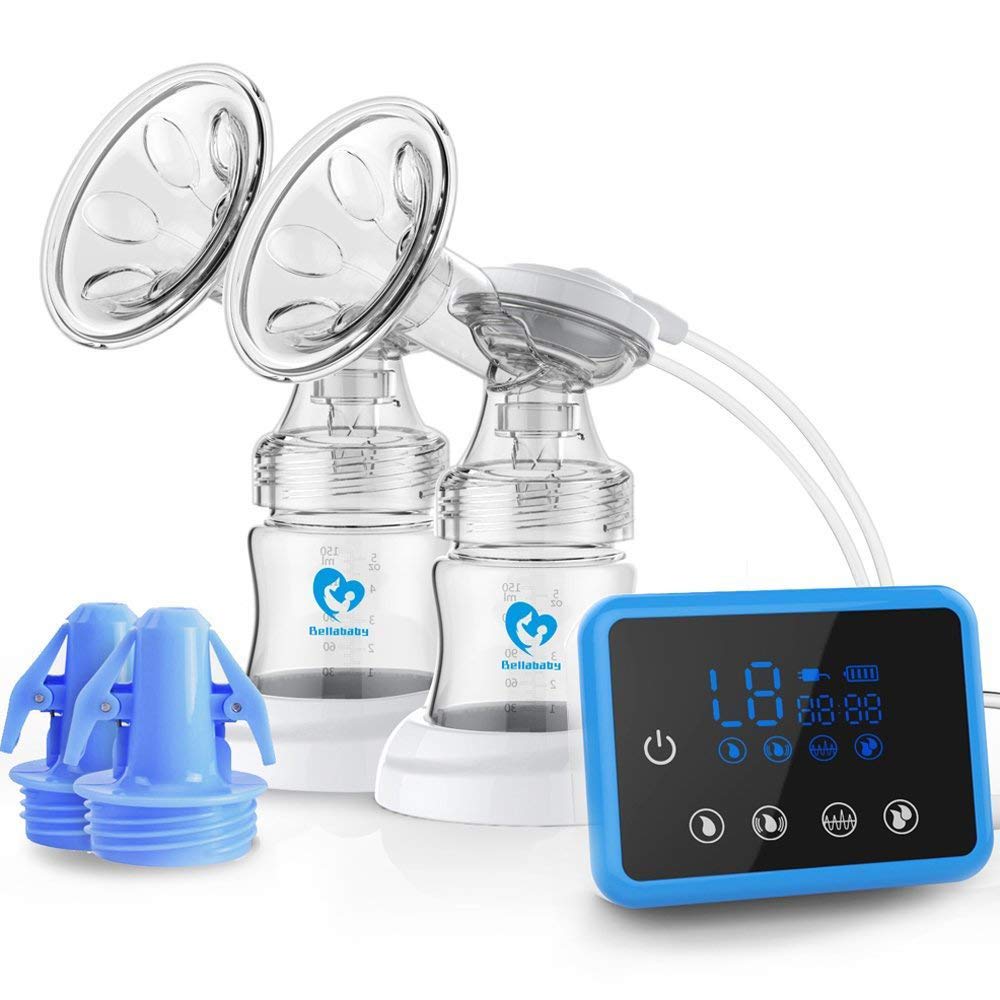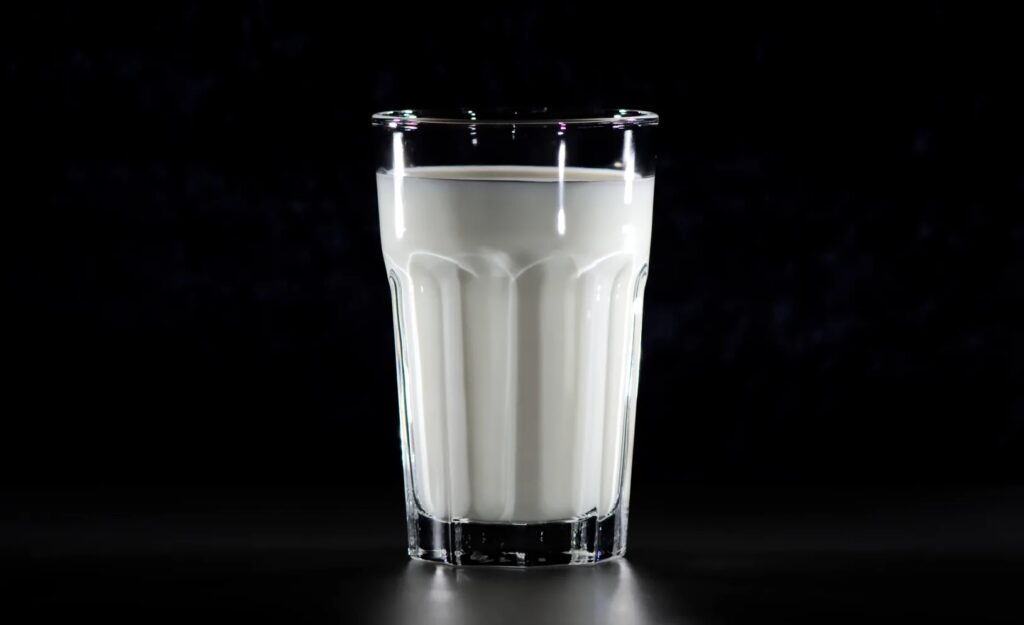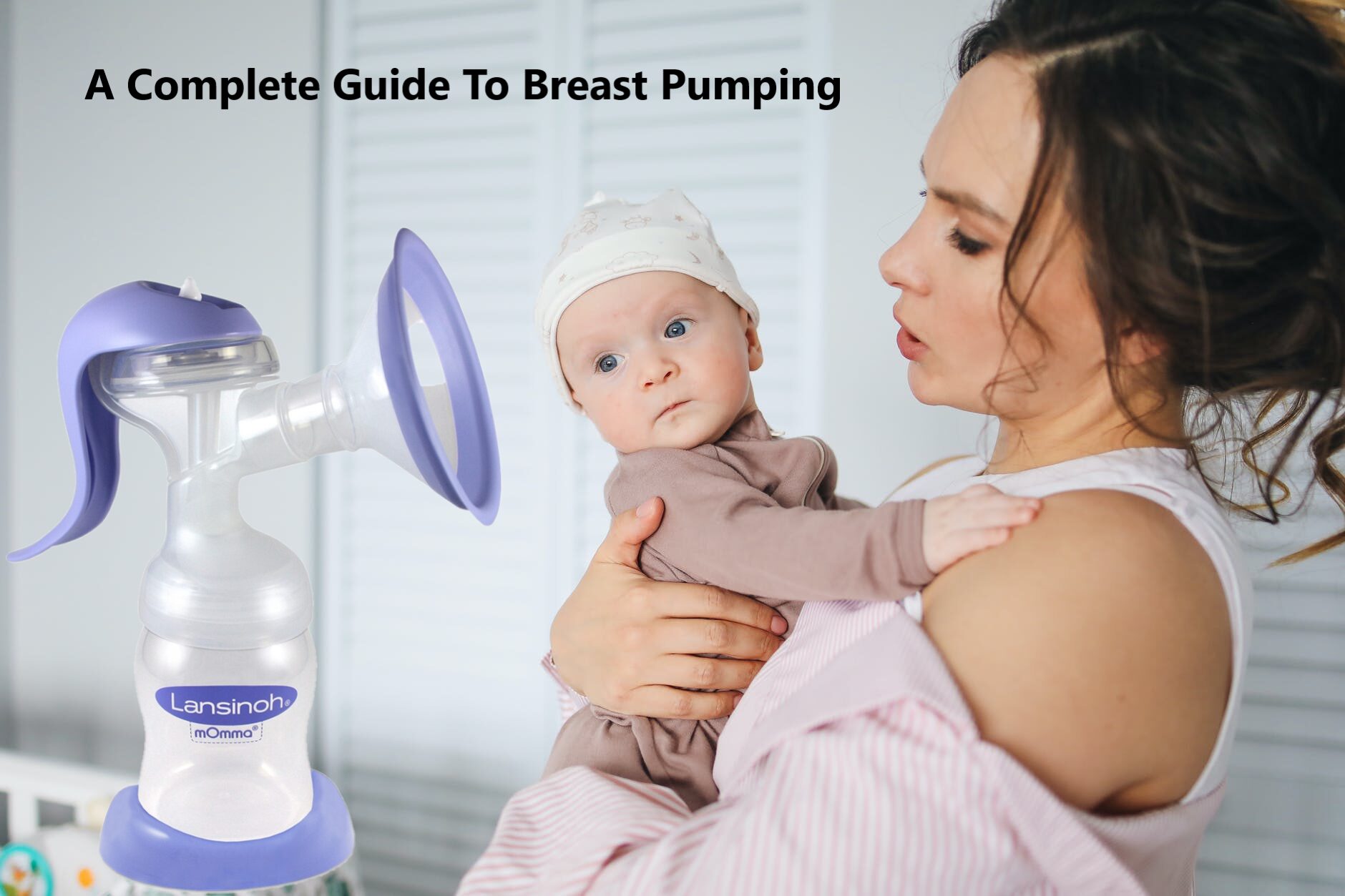As an Amazon Associate I earn from qualifying purchases.

Are you a recent mom? Do you need to understand the breast pumping art? New and expectant mothers already have a lot to think about and do. But using a breast pump should be a walkover. Well, breast pumps are useful mostly for moms that need some time from breastfeeding. It could be due to work, wanting to have time alone, or hanging out with friends. Getting a breast pump is relevant to allow your little one to keep benefitting from the golden milk with all the nutrients as usual. It helps ensure the baby gets food even in your absence. While others use the breast pump for feeding when not around, some mothers simply prefer using it instead of directly nursing their babies. This article gives a complete breast pumping guide. Please read on.
How to use a breast pump
Don’t be surprised to see small parts, a tubing, and a bottle after getting your breast pump. You need to have confidence in yourself and use the following instructions to set up the pump before use. They are;
- Familiarize with the pump before delivery- It can be overwhelming to start learning how to operate the pump after the baby arrives. It’s best if you set aside some time to learn before the due date.
- Go through the manual- The instruction manual packed in the breast pump is your guide. Read through the given directions and store it safely for future use. It’s a resource for troubleshooting any issues you might come across. YouTube can also help to learn other things.
- Sterilize before use- Specialists recommend that you remove its parts first. You can boil the parts in water for some minutes or use steam bags for sterilizing using a microwave. After that, ensure all the parts are completely dry before putting them back together.
- Get ready to breast pump- Refresh your mind by going back to the reference point, the manual. Any special considerations should be noted. Then, find a comfortable position far away from distractions and relax. Place the breast pump on one nipple. Take your shoulders back and support your arms. If it’s an electric pump, simply turn on and wait for the milk release. For a manual pump, you need to squeeze the breast to get the milk out. It’s advisable to apply a warm compress to the breast, for it naturally boosts milk let down. Additionally, massaging the breast can help, either before or after pumping. You need to be patient because sometimes milk flow may not be immediate, more so at the beginning.

How long to pump breast milk
To get a good breast milk amount, target 15-20 minutes attached to the pump. One could take as long as half an hour or more, mostly during the first days. However, pumping should be to a point where you feel drained in the breast, or the milk release is slowing down.
How to produce more breast milk when pumping
The following tips will help produce more milk when pumping;
- Relax– Avoid any distraction forms when pumping milk. It’s not the time to respond to client phone calls and emails. You need a mental break for more milk to come.
- Always have a healthy diet– Keep hydrating your body and make sure you eat enough calories. A healthy milk supply requires proper nutrition and body hydration.
- Add lactation supplements and cookies to your diet– They include brewer’s yeast, lactation cookies, and credit oats. Others are herbal supplements such as milk thistle, fenugreek, and fennel. Consult your doctor for more advice.
- Use the right pump– Is your pump in the best condition? Ensure everything is proper, ranging from the suction speed to its breast shield size.
- Get a double pump – Pumping both breasts at the same time is the way to getting the most amount. Use bras that hold your breast shields, so your hands are free. Furthermore, you can include cluster pumping for more supply.
- Pump from time to time– If you pump more often, say at five minutes intervals, your breasts will get more stimulation and produce more milk.
Side effects of Breast Pumping
- Possibility of reduced milk supply– Baby latching is essential in breast stimulation for more milk release. If denied, then the production might go low.
- Breast tissue and nipple damage likelihood– The breast tissue is very soft. Therefore, the wrong installation may cause pain during pumping. The manual pumping action is also tiring, sometimes painful, and laborious.
- Brings confusion to the baby– Switching between suckling using a bottle and breast mixes up your baby due to the different mechanisms. The baby is likely to suckle harder on the breast, thinking it’s the bottle, in the end, hurting your nipples.
- Milk freezing harms its nutrients– While directly breastfeeding, your child gives all the required food essentials and in good temperature, freezing it depletes all the nutrients.
How long is breast milk good for after pumping

Yes, you can store pumped milk for the future. If storing it at room temperature or colder area, let it stay for a maximum of four hours. Refrigerating should go up to four days long and freezing for six months. You can freeze up to 12 months. Remember what freezing does to the milk? It’s good to take precautions.
How to get a breast pump through health insurance
The steps include;
- Call your insurance company customer care– Inquire to know the pump type your insurance can cover. Know about the qualifications and see if you’re eligible.
- Consult with the right questions– Health insurance companies have different breast pump options for their clients. For instance, ask if they got renting services or personal and know the charges.
- Do your research– find out the best pumps with the most convenient features starting from suction, portability, noise production, and others.
- Get the pump– Various insurance companies have different ways of making the purchase. It could be online or pick up from a physical store, Please find out.
The bottom line
As a breastfeeding mother, it’s your responsibility to ensure your baby gets satisfied. Using the pump shouldn’t compromise your child’s milk status. Ensure the equipment is clean, sanitized, and well stored for proper functioning. Doing that will help preserve your health and that of the baby.
